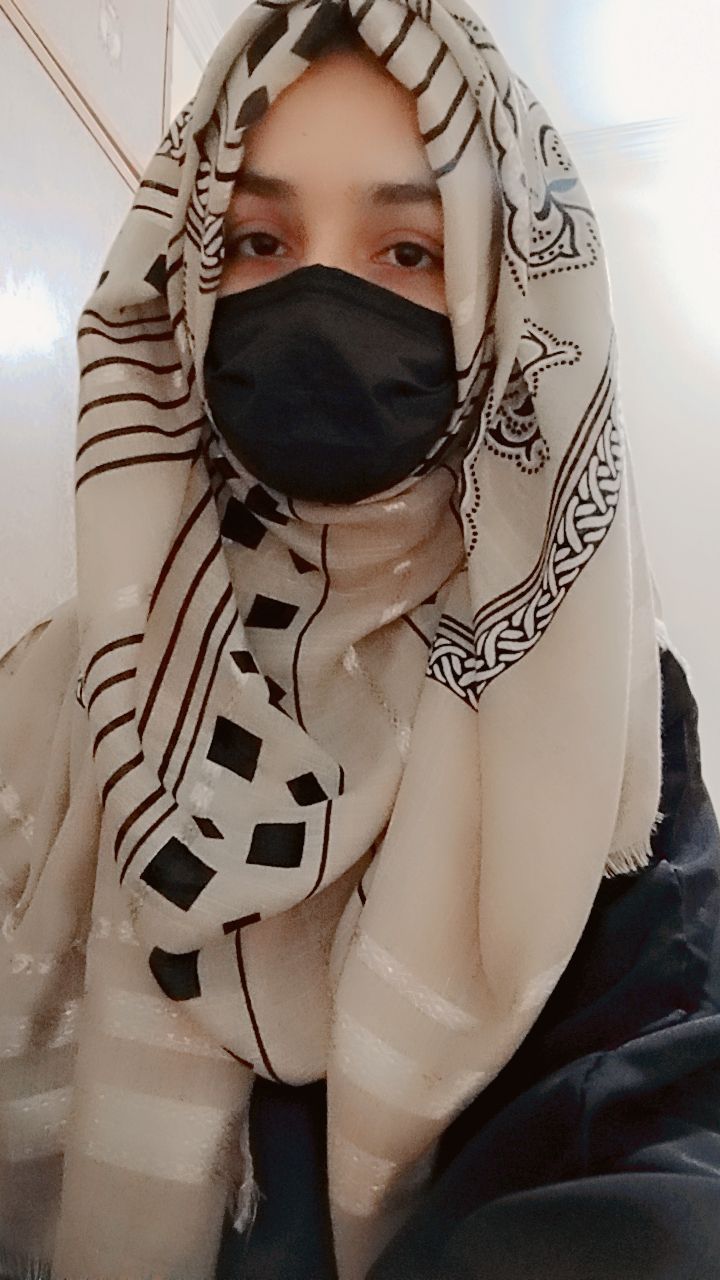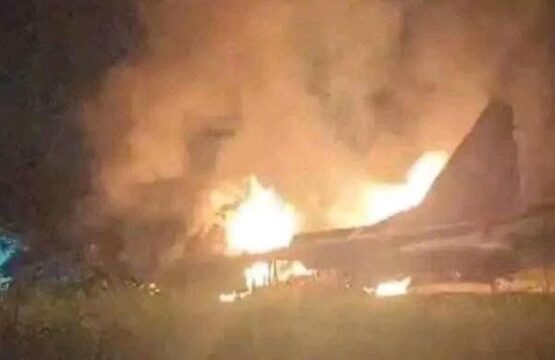The worldwide media’s depiction of ethnic violence in African nations is a complicated problem that has long been of concern. When portraying African news, the media frequently takes a stance, creating heroes and villains and feeding myths and prejudices.
Wrong portrayals of Africa and Africans can change what people think and increase xenophobia. Alternative approaches to covering violence and conflict have been put forth to solve this problem. One such approach is peace journalism, which aims to promote harmony, peace, and conflict resolution in society. The media can help show Africa and Africans fairly by fighting against bias and stereotypes strongly.
The media actively silences and distorts stories from Africa
However, research done in Japanese media reveals a stark disparity: Africa received a staggering 70% more unfavorable publicity than any other continent. This derogatory image of Africa in the media is not unique to Japan; it is a widespread practice worldwide. Furthermore, when portraying African news, the media often resorts to stark binaries, crafting heroes and villains, which fuels existing myths and prejudices. Consequently, this approach not only underrepresents Africans in foreign news coverage but also distorts the complex realities of the continent and its people.
Myths and Stereotypes in Media Coverage
The media can make biases and wrong ideas stronger by how they show and organize news and topics. Media actively portrays Somalis primarily as store owners, often erasing their diverse experiences and contributions to society. These myths have the power to greatly influence public opinion and fuel the growth of xenophobic incidents.
Read More: U.S. and Pakistan Launch Balochistan Cultural Preservation Fund
Different Approaches to Reporting Violence and Conflict
To tackle the problem of African news being misrepresented or underreported, many substitute models for covering violence and conflict have been put forth. For instance, peace journalism aims to promote harmony, peace, and the settlement of conflicts in society. This strategy is consistent with Ubuntu journalism, which aims to promote harmony, peace, and the settlement of disputes in society.
Conclusion
The misrepresentation of ethnic violence in African countries in global media is a complex issue that has significant implications for public perceptions and the spread of xenophobic attacks. Reporting conflict and violence through alternative models like peace journalism can offer solutions to this concern. By actively challenging negative attitudes and stereotypes, the media can contribute to more accurate and fair representations of Africa and Africans.

I am Bushra Tahir. Doing BS in International Relations from National University Of Modern Languages ( NUML).








5 responses
HI DAUGHTER VERY GOOD ANALYSIS ABOUT,GOD BLESS U
Wao impressive….keep up the good work
What a great vision you have.
Well written and thought provoking. Indeed, you have shared Valuable insights👏
Informative regarding african countries..